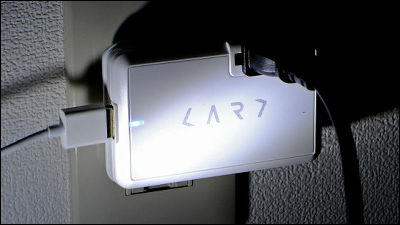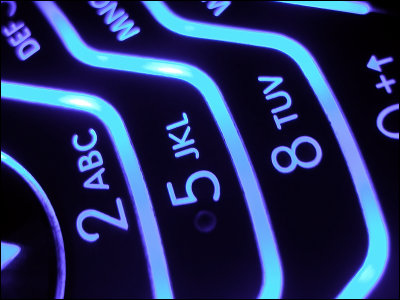A brief explanation of why the shape of the outlet differs from country to country

The outlets that are familiar in Japan are the so-called '2-pin type', which has two protruding boards, but many people know that the shape of outlets in other countries is different from that of Japan. The website '
Why do different countries have different electric outlet plugs?
https://theconversation.com/why-do-different-countries-have-different-electric-outlet-plugs-151192
In order to understand why the shape of the outlet is different, we first need to know the difference in function. The American outlet is a '3-pin type' with three holes, and each hole has a different role. The right side is called 'hot' and the left side is called 'neutral', and the current flows from hot through electronic devices toward neutral. The hole in the center of the lower part is called the 'ground' and is useful for protecting yourself from electric shock in the event of an abnormality in the outlet. It is called ground because it allows current to escape to the ground, but in Japan the names such as ' ground ' and ' earth ' are common.

In the 1880s, when

Initially, American outlets were 2-pin types without a 'ground' like Japanese outlets. The idea of ground was born in the 1920s, but it became the standard for American homes in 1971, as defined by the

Now that most households in the world can use electricity, it is overwhelmingly convenient to unify to one standard, but in order to unify the standard, we will change from building equipment to the manufacturing method of electrical appliances. It costs a lot because it needs to be. Not surprisingly, countries that need to change their outlet standards are more willing to spend money on other things. 'For the time being, don't forget the conversion adapter when traveling to other countries,' he concludes.
Related Posts:
in Science, Posted by log1p_kr







